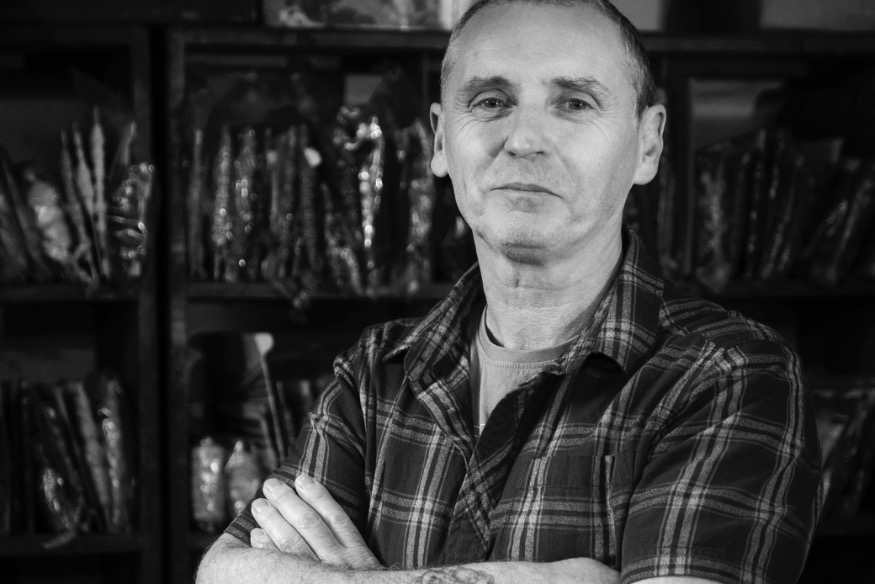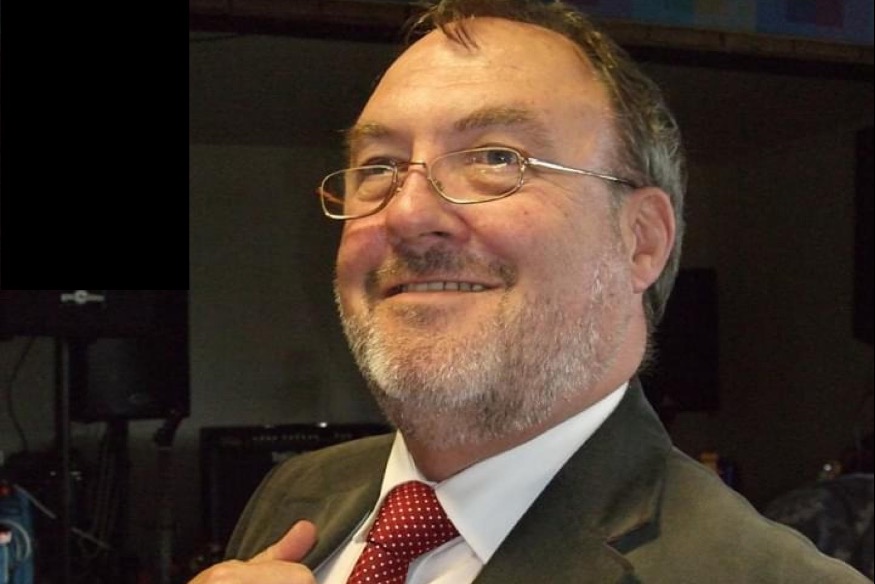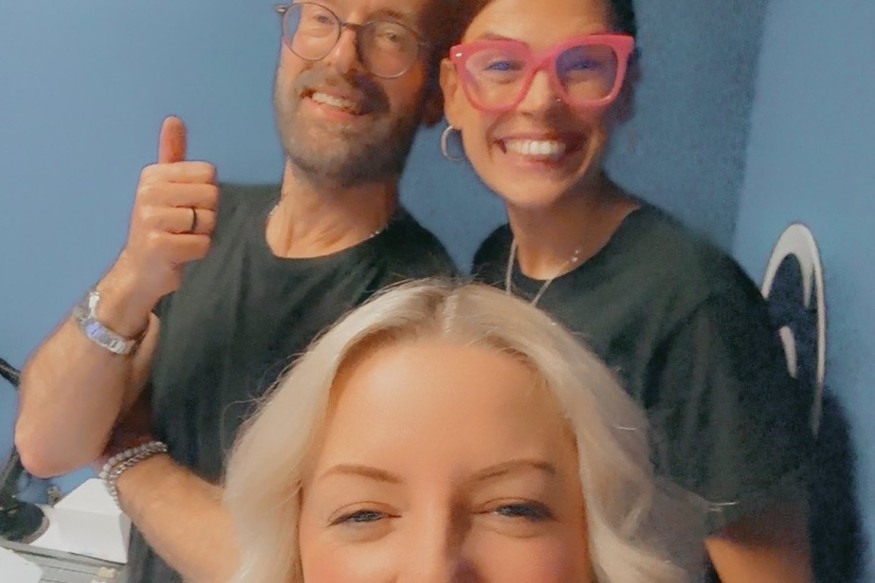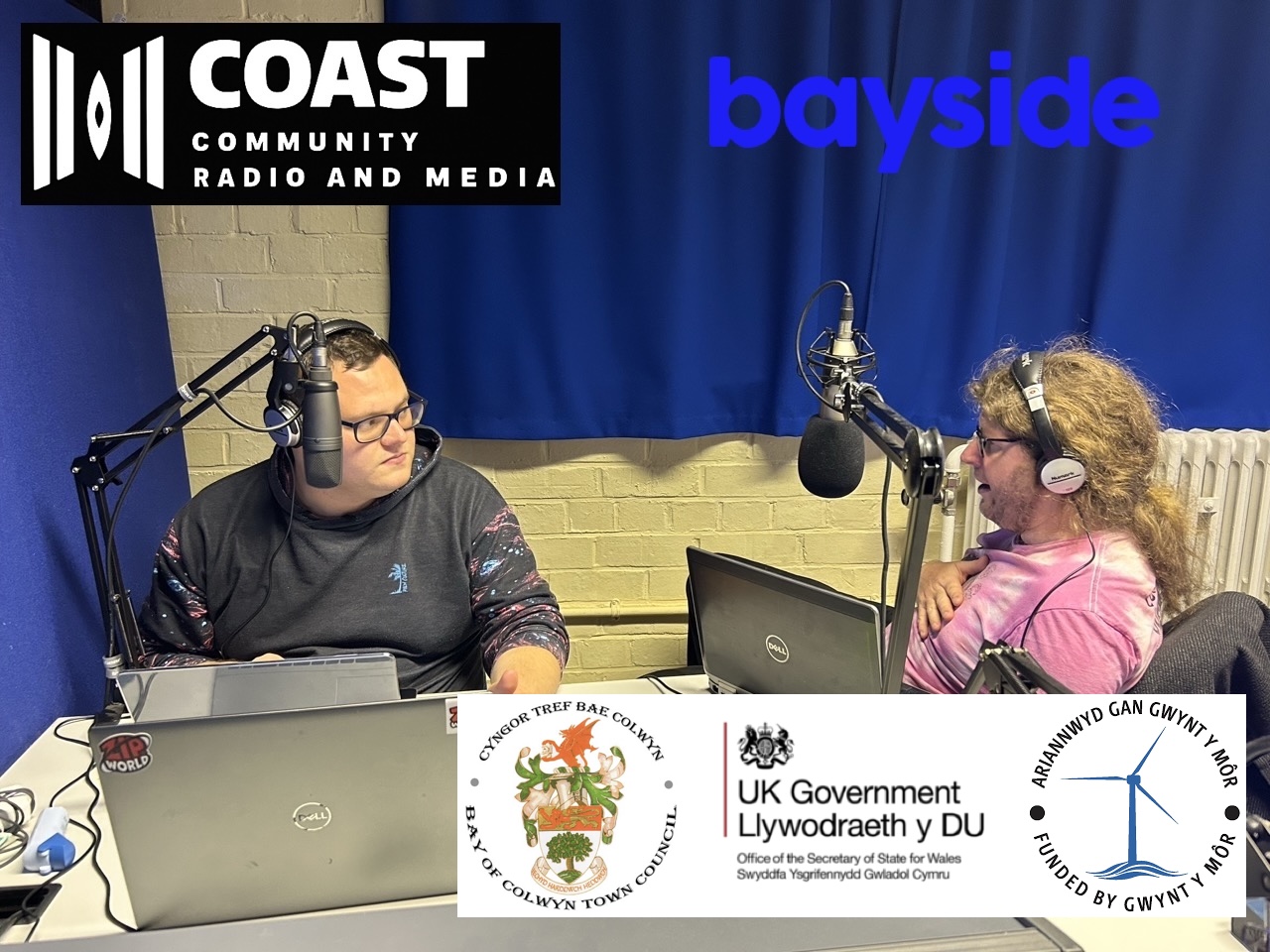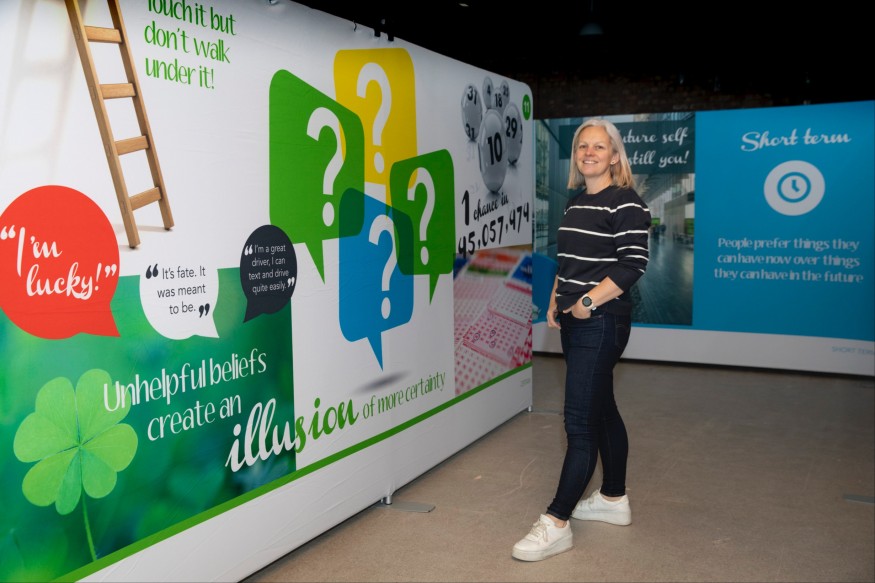
October 22, 2025 - 488 views
A North Wales behavioural scientist has unveiled a pioneering new exhibition she believes could revolutionise how businesses and public services influence people.
Ms Hampson, a former Team GB cyclist who qualified as a systems engineer before moving into behavioural science, said the exhibition brings her Desire Code philosophy to life in a way that is “engaging, accessible and immediately useful.”
She explained: “This isn’t about abstract theory – it’s about creating a modern-day ideas box. We can immerse people in scenarios that reflect their sector and generate real, actionable concepts they can take away and put to work straightaway.”
After a successful trial in Llandudno, health providers, housing associations and community groups are among those already showing interest in the platform, which blends psychology, storytelling and interactive technology to spark imagination and drive positive change.
Ms Hampson, who lives in Old Colwyn, studied systems engineering at Loughborough University where her degree was sponsored by British Aerospace.
She says the degree which focused on human factors engineering – understanding how people interact with complex systems – was the “foundation for everything I do now”.
Alongside her studies, she rose through the ranks of British cycling. From 2001 to 2004 she was part of the national squad full time, becoming British Women’s Sprint Champion and setting a national 200 metre record in 2002.
After retiring from competition, she returned to North Wales and worked with Conwy Council’s leisure team, and then the Public Health Service in Wales. It was, she said, the turning point that drew her toward behavioural science.
“We were throwing numbers at people – five-a-day, 10,000 steps, alcohol units – but you don’t win hearts and minds with a blizzard of statistics,” she said.
“I remember standing outside Asda in Kinmel Bay trying to talk to people about fruit and veg. They already knew it all, but they weren’t engaged. That’s when I realised we needed to design things differently.”
That insight led her to focus on how people make real-world decisions. “It’s not about telling people what to do,” she said. “It’s about helping them make the best choices for themselves – and giving them information in a way that resonates.”
Her approach has since been used across health, justice, sport and industry. One project in Glasgow to help people stop smoking beat its target by 150 per cent and was later used by NHS Scotland as an example of best practice.
“It wasn’t one thing that made a difference – it was probably eight,” she said. “We probably tried 20. You throw lots of small things at a challenge and see what sticks. Simplicity and user-centred design are crucial – involve the people who’ll actually use it and you’ll get better results.”
Those lessons were distilled into The Desire Code, an eye-catching coffee table type book which she wrote during the Covid lockdown and published in 2021.
“Someone once told me the title sounds like a sci-fi sex thriller,” she joked, “but it’s really about cracking the code that unlocks people’s desire to do things. It’s a guidebook for behavioural science – and a framework for applying it.”
Her new exhibition takes that philosophy into the real world. “The showcase is a logical progression of The Desire Code because it brings it all to life,” said Ms Hampson “It’s immersive, interactive and multi-sensory – people become active participants in the process, not passive listeners.”
The installation, roughly the size of a badminton court, allows up to 30 participants at any one time to explore a walk-through maze at two-minute intervals, with bookings managed through an automated system.
“The test in Llandudno went really well – flawless,” she said. “The booking system worked, the idea capture worked – it gave us everything I’d hoped for. People came away buzzing with ideas and that’s exactly what I wanted to achieve.”
Ms Hampson said the format is flexible and can be tailored to any organisation or theme. “The fabric can be replaced with a company induction, an annual health and safety update or a public consultation,” she explained. “The applications are only limited by your imagination.”
Her hope is that the installation will help businesses, councils and community groups think differently about engagement.
“Behavioural science is used massively in advertising and retail – that’s why we come out of supermarkets with things we never planned to buy,” she said.
“But it can also help people pause, step back and make better, more informed decisions about their health, finances or everyday lives.”
According to Ms Hampson, it all comes back to understanding what makes people tick.
She added: “Humans are intriguing. We like to think we’re calm and rational, but really we live our lives heart-first. Most of our decisions come from instinct and emotion, and behavioural science helps us understand that.
“Anything that helps people make better decisions for themselves is massively valuable. If this exhibition helps organisations understand people a little better and design things that truly work for real life – that’s a win for everyone.”


